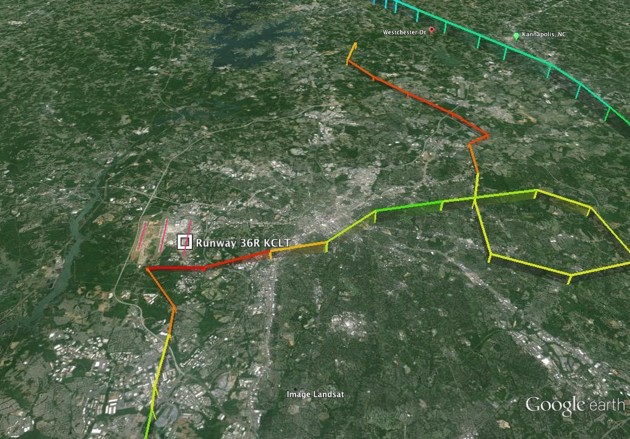Silvaire
En-Route
- Joined
- Oct 10, 2012
- Messages
- 4,612
- Display Name
Display name:
Silvaire
That's where we part opinions... I think the same thing would have happened if they were in a Cessna. The only difference is they would have been pulled out of a wrecked airplane and loaded into a hearse.
You see, for every Cirrus "hater" there is a Cirrus "lover" who believes that without a chute you're just plain-ass gonna die.



